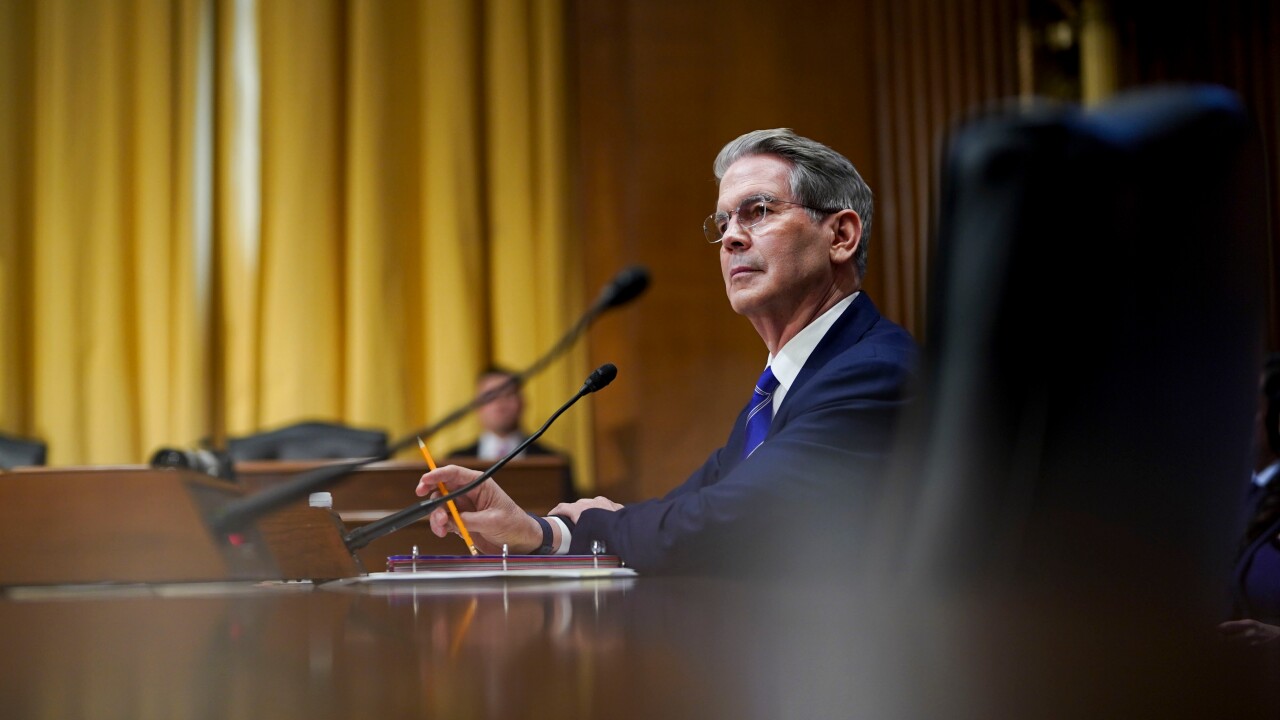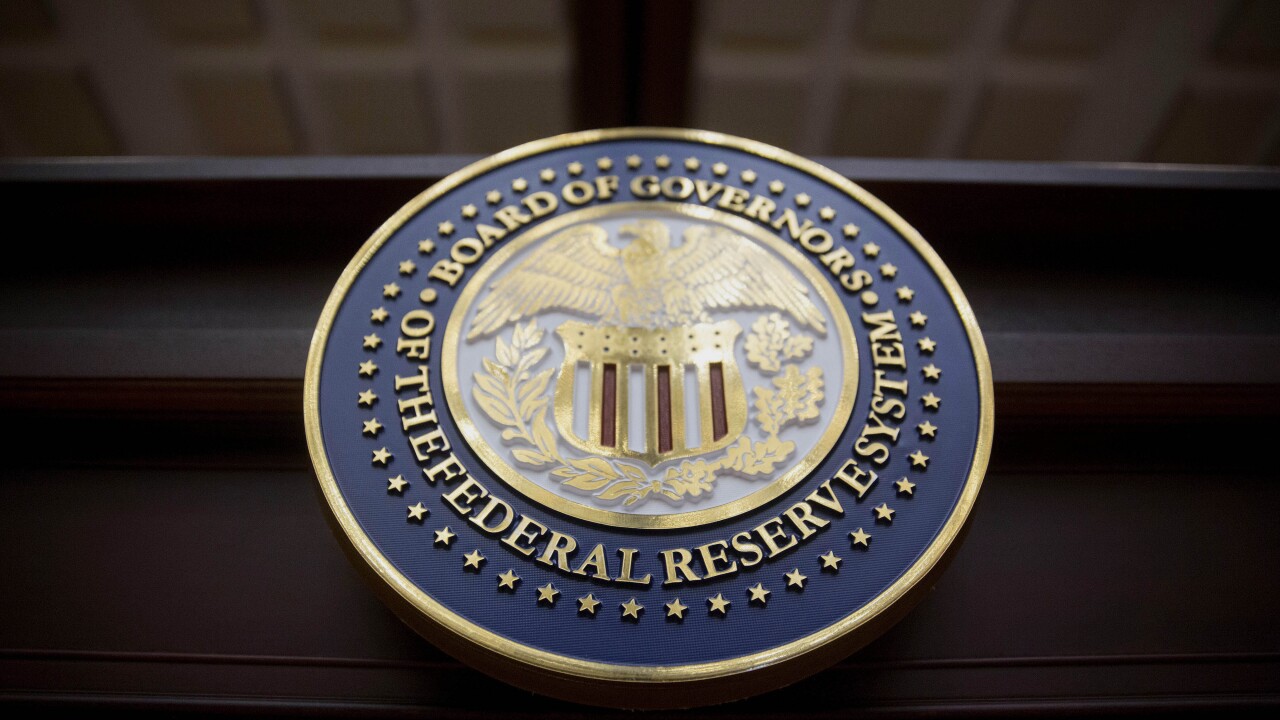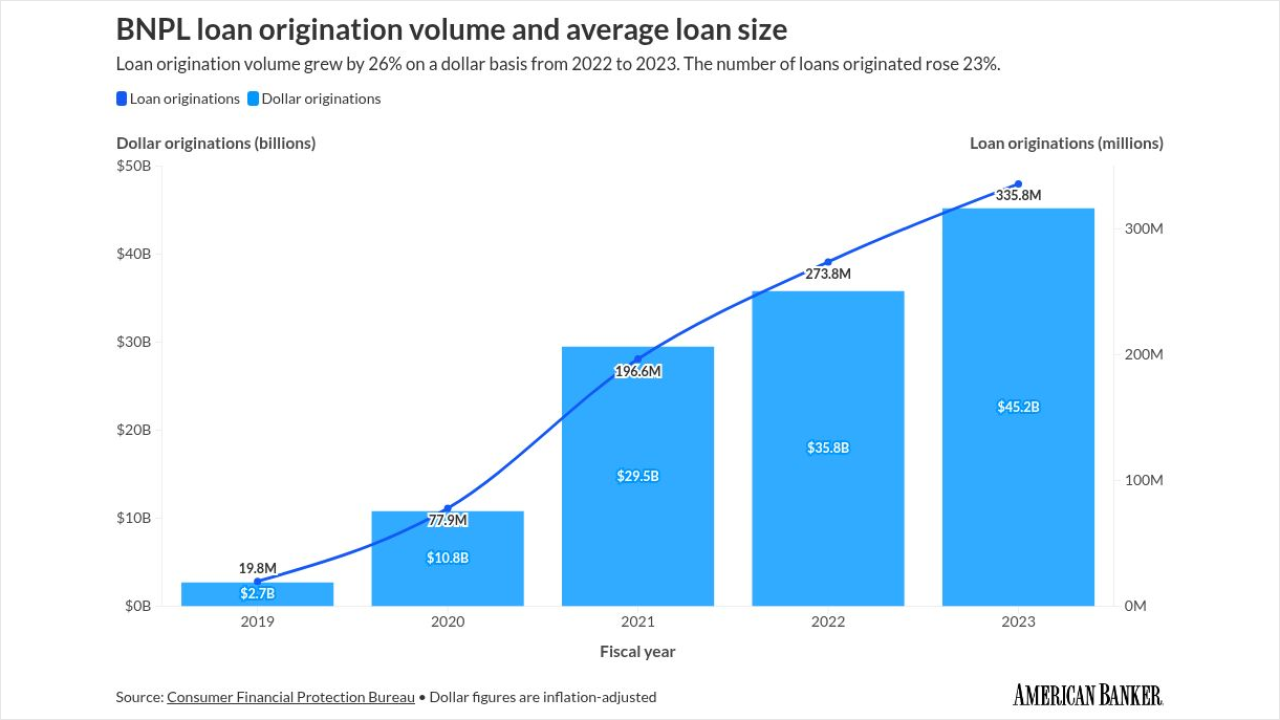- What's at stake: Huntington Bancshares is moving fast to achieve scale in Texas.
- Expert quote: "Our new Huntington footprint will expose us to a little more than half the U.S. population," said Brant Standridge, Huntington's president for consumer and regional banking. "It also happens to be the half that's growing faster, in fact it's projected to grow 30% faster."
- Forward look: The deal is expected to close in the first quarter of 2026.
UPDATE: This story includes additional details about the deal and information from analysts' research notes.
Just a week after completing its acquisition of Dallas-based Veritex Holdings,
Cadence has a sprawling footprint, covering the Deep South, along with parts of Florida and other Southeast markets, so the deal would move
Still, it's Cadence's Texas operations, with 110 branches and $16 billion of deposits, that
On a conference call with analysts, Brant Standridge,
The deal would vault
"Our new
"It gives us immediate scale in two of the most significant markets, frankly, in the world, Dallas and Houston," Standridge added. "We'll have top-five share in those two markets."
Chairman and CEO Steve Steinour called the acquisition "transformational."
"To have a five-share in Dallas and Houston and eight across the state, we are exactly where the dynamic growth in Texas is occurring," Steinour told American Banker. "We think we've got a really powerful economic engine in Texas and these other states that will propel [
Following the merger,
Cadence, which operates out of dual headquarters in Houston and Tupelo, Mississippi, would help fill in the gap between
"We only need [Office of the Comptroller of the Currency] approval," Steinour said. "We'll have the application filed next Monday."
Monday's announcement was preceded by about four months of extensive due diligence, Steinour said. A key moment came on July 1, when Cadence Chairman and CEO Dan Rollins spent the day meeting with
"Dan got a good initial feel," Steinour said. "There's a lot of trust and camaraderie [within] the executive team. All that came through, and the operating model became clearer to him."
The $7.4 billion price tag works out to 1.7 times Cadence's tangible book value per share.
"We have strong line of sight on the actions needed to ensure a smooth conversion and how we'll drive significant success beyond that," Steinour said on the conference call.
"
John Rodis, who covers
Investors had viewed Cadence as a takeout candidate, a sentiment that contributed to a runup in its stock price over the past four months, Stephen Scouten, who covers Cadence for Piper Sandler, wrote in a research note.
"This transaction seems logical to us given the size and scale of Cadence now fits well within the larger
In its current form, Cadence dates back to 2021, when Mississippi-based BancorpSouth, under Rollins' leadership,
Cadence struggled to meet key financial goals following the merger — its efficiency ratio rose 12 basis points between 2022 and 2024 — prompting Rollins to
Once the combination with
"This is a defining moment for Cadence Bank and we're confident this alignment will create lasting value across our footprint and beyond," Rollins said Monday in a press release.






